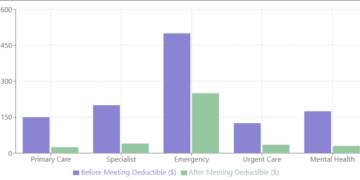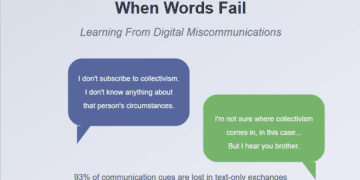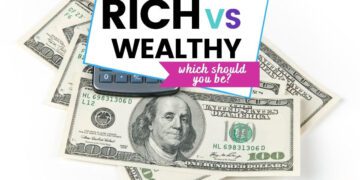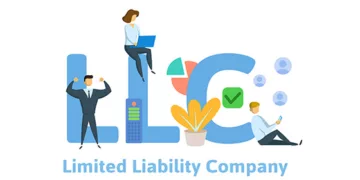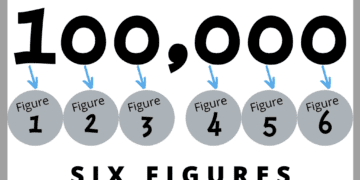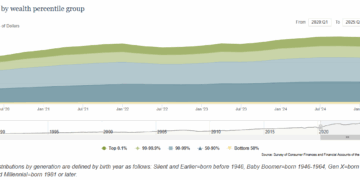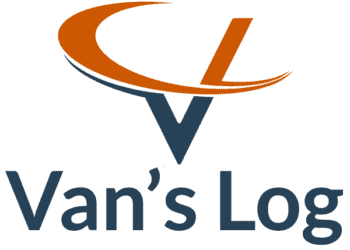President Trump has signed the One Big Beautiful Bill Act into law, and I want to walk you through the significant changes coming to higher education under Title VIII. This comprehensive legislation will reshape how students finance their education, repay their loans, and access federal aid. Let me break down each section and explain what these changes mean in practical terms.
Asset Protection: Relief for Working Families
Starting with the 2026-2027 academic year, the federal government will exclude certain family assets when calculating financial aid eligibility. If your family owns a farm where you live, operates a small business with 100 or fewer employees, or runs a commercial fishing operation, these assets will no longer count against your financial aid applications.
This change recognizes that many working families have their wealth tied up in businesses or property that generates their livelihood rather than disposable income. Previously, these families often appeared wealthier on paper than their actual financial circumstances would suggest, potentially reducing their aid eligibility.
Major Changes to Graduate Student Borrowing
The legislation makes substantial changes to how graduate and professional students finance their education. Beginning July 1, 2026, graduate and professional students will no longer be able to take out PLUS loans, which currently allow borrowing up to the full cost of attendance.
Instead, the new system establishes specific borrowing limits. Graduate students will be limited to $20,500 per year with a lifetime cap of $100,000 for graduate study. Professional students pursuing degrees like law or medicine will have higher limits of $50,000 annually and $200,000 total. These caps represent a significant reduction from current unlimited borrowing under the PLUS program.
Current students will have protection through an interim exception that maintains existing borrowing rules for up to three years, ensuring those already in programs can complete their studies under the current system.
Parent PLUS Loan Restrictions
Parents will face new constraints when borrowing to help their children attend college. Starting in 2026, parent PLUS loans will be limited to $20,000 per year and $65,000 total per dependent child. This represents a dramatic change from the current system, which allows parents to borrow up to the full cost of attendance minus other aid received.
These limits will likely force families to seek alternative financing methods or consider lower-cost educational options. The change acknowledges concerns about parents taking on unsustainable debt loads that can jeopardize their retirement security.
Revolutionary Changes to Loan Repayment
The legislation creates an entirely new repayment landscape. By July 1, 2028, all borrowers currently in income contingent repayment plans must transition to income-based alternatives, as income contingent repayment will be eliminated.
The centerpiece of the new system is the “Repayment Assistance Plan,” which will become the primary income-driven option starting July 1, 2026. This plan uses a graduated payment structure based on adjusted gross income:
- Borrowers earning up to $10,000 pay a base amount of $120 annually
- Those earning $10,001-$20,000 pay 1% of their income
- Payment percentages gradually increase to 10% for those earning over $100,000
- Borrowers receive a $50 monthly deduction for each dependent
The plan includes significant borrower protections. If monthly payments are insufficient to cover accruing interest, the government will subsidize that interest. For borrowers whose payments reduce their principal by less than $50 monthly, the government will provide matching principal payments up to $50.
After 360 qualifying payments (30 years), any remaining balance will be forgiven. This creates a clear endpoint for borrowers, unlike some current plans that can extend indefinitely.
Pell Grant Modifications
The legislation makes both restrictive and expansive changes to Pell Grant eligibility. Starting with the 2026-2027 award year, foreign income will be included when calculating Pell Grant eligibility, potentially reducing aid for some families. Additionally, students whose Student Aid Index equals or exceeds twice the maximum Pell Grant amount will become ineligible entirely.
However, the legislation also creates a new “Workforce Pell Grant” program for short-term training programs lasting 8-15 weeks and requiring 150-600 hours of instruction. These grants will support career-focused training that leads to industry-recognized credentials and prepares students for high-demand occupations.
The legislation significantly increases funding by raising the Pell shortfall appropriation from $2.17 billion to $12.67 billion, potentially allowing for larger grant amounts.
New Accountability Measures
Beginning July 1, 2026, educational programs that consistently produce graduates with low earnings will lose federal aid eligibility. Programs must demonstrate that their graduates earn more than comparison groups (high school graduates for undergraduate programs, bachelor’s degree holders for graduate programs) in at least two of the previous three years.
This accountability measure aims to protect students from programs that saddle them with debt without providing sufficient earning potential to justify the investment. Programs that fail to meet these standards will have opportunities to appeal and can regain eligibility after two years of ineligibility if they demonstrate improvement.
Implementation Timeline and Student Protections
Most changes take effect July 1, 2026, giving institutions and students time to prepare. The legislation includes protections for current students through interim exceptions that allow them to complete their programs under existing rules.
Students in programs at risk of losing eligibility will receive advance notice, allowing them to make informed decisions about continuing their studies or transferring to other programs.
Looking Ahead
These changes represent the most significant overhaul of federal student aid in decades. While some provisions may increase costs for certain students and families, others provide new protections and clearer pathways to debt resolution. The legislation attempts to balance fiscal responsibility with continued access to higher education, though the full impact will only become clear as these provisions are implemented over the coming years.
As these changes approach, students and families should carefully review their educational financing strategies and consider how these new rules might affect their decisions about where and how to pursue higher education.
For more content, check out the following:
- Understanding Title I of the One Big Beautiful Bill Act: What These Agricultural and Nutrition Changes Mean for You
- Breaking Down the One Big Beautiful Bill Act: What Title II Means for Defense and National Security
- Breaking Down the One Big Beautiful Bill Act: Title III and Its Impact on Financial Oversight
- Breaking Down Title IV of the One Big Beautiful Bill Act: What It Means for Commerce, Science, and Transportation
- Understanding Title V of the One Big Beautiful Bill Act: Energy and Natural Resources
- Understanding Title VI of the One Big Beautiful Bill Act: What It Means for Environmental Programs and You
- Breaking Down Title VII Subtitle A of the One Big Beautiful Bill Act: What the New Tax Changes Mean for You
- Breaking Down Title VII Subtitle B of the One Big Beautiful Bill Act: What Healthcare Changes Mean for You
- Breaking Down Title VII Subtitle’s C and D of the One Big Beautiful Bill Act: What You Need to Know About Finance and Unemployment Changes





